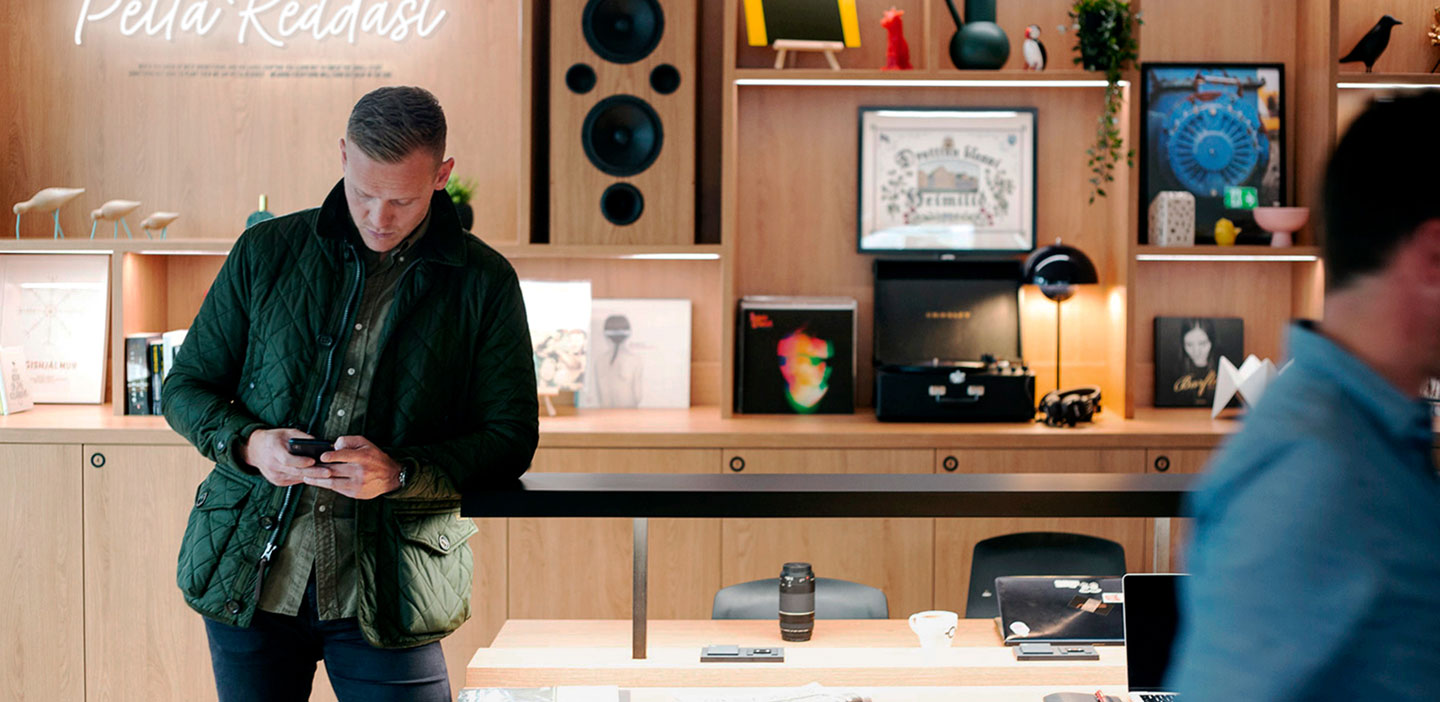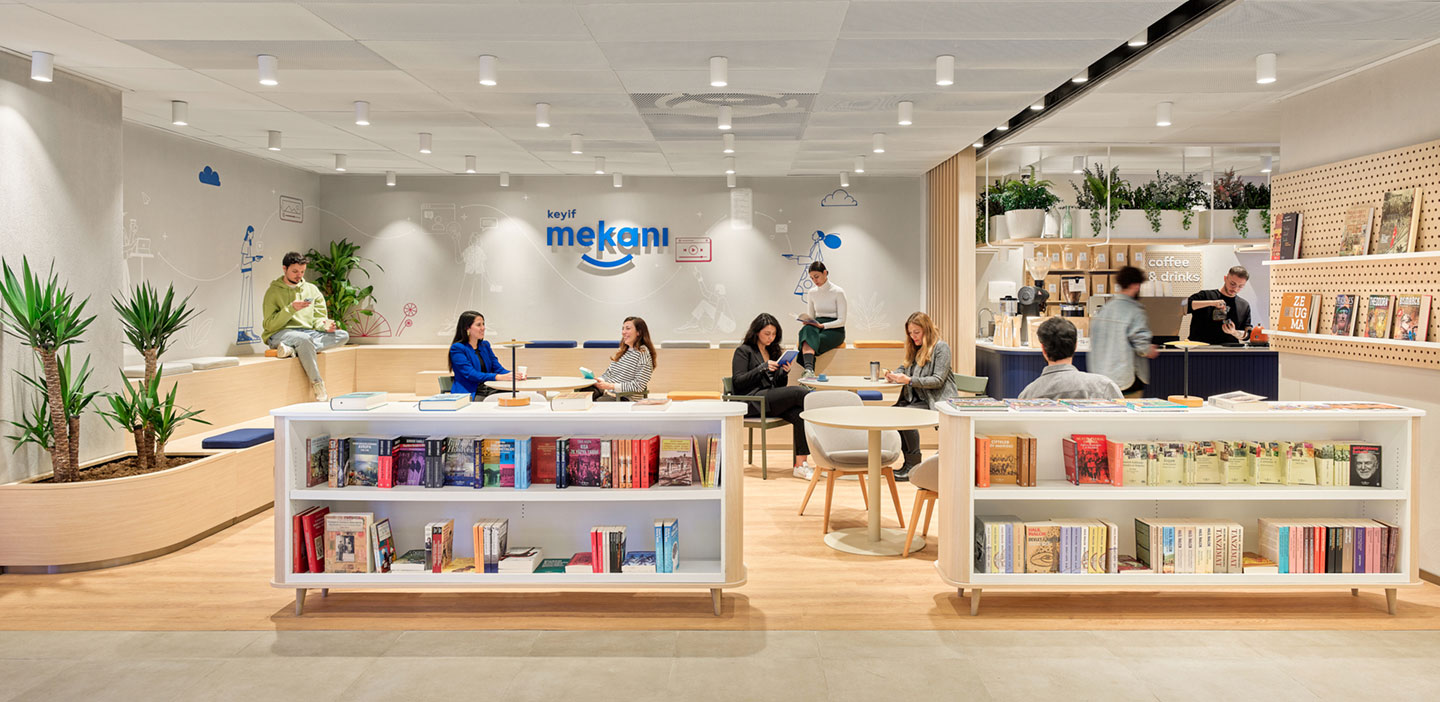Less than 10 mins
High-Stakes Retail: Why The High Street Still Matters

Our town and city centres are always evolving. The ‘death of the high street’ that we’ve heard so much about over the past decade is nothing more than the latest evolution of how we use our most important communal spaces.
As PwC highlights in its 2024 Retail Outlook, 12,804 retail stores, leisure venues and service outlets closed across high streets, shopping centres and retail parks in the UK in 2024, but 9,002 opened. What people want changes over time, and anyone who has visited a high street recently will know that speed and convenience are important, but what’s less discussed is the rise of higher-value retail. The high street is less and less a place we need to visit, but it is also increasingly becoming a place we choose to go to for more complex reasons.
Where once we popped into town for lower-order, consumable items – the tins of beans, loo roll, and other staples – we now order them online for home delivery. We want to pick up a coffee or vegan sausage roll as we rush somewhere, but in other parts of our week, we’re increasingly heading into town for expert advice on a high-stakes purchase.
We can’t get this online. Who wants to order a new home and arrange a mortgage online, discuss an inheritance with a chatbot, or buy complicated tech without guidance from an expert?
There is a significant opportunity here for brands that sell high-stakes products and services - the estate agents, financial advisors, legal experts, healthcare professionals, travel consultants and so on - but it is one that few have so far fully recognised and optimised for. After all, this is a major shift in perception for them. The very concept of retail experience is new to most of them.
Yet the ones who seize this opportunity, who create retail spaces that people truly want to visit to get expert advice on high-stakes purchases, will be those who thrive in the years ahead. It will allow them to forge deep connections with customers, build their brands and be more present in people’s lives.
So, how do they do it?
Recognise the scale of the challenge
First and foremost, they need to recognise that this is not easy. If they need any evidence for this, they need to look no further than IKEA. Recognising this shift in consumer need, it has been trialling small urban formats, with its ‘expert planning service’ as a key anchor.
Yet even this global retail icon has found it hard. It’s struggled with high operating costs and deeply held perceptions of IKEA as an out-of-town ‘day out’. In 2020, it had to close its Coventry store. It is adapting. It’s trialling different locations, modifying its store mix, investing in price reductions and so on.
If IKEA, an established and expert retailer, is finding it hard to create and sustain a model that depends on new behaviour, it’s likely that firms of solicitors, estate agents, healthcare providers, and so on – companies that have never really considered their retail experience – will find it even more challenging.
They should not underestimate the scale of the challenge, and it is likely they will need external, proven expertise to help them deliver this transformation successfully.

Understand your customer
The first rule of retail is to understand your customer. Creating a desirable retail experience begins with a deep understanding of what your specific target audience wants. This doesn’t even require months of deep market research and expensive customer segmentation models.
We use very streamlined but highly effective tools to combine market or society trends, high-quality interviews and behavioural observation with persona profiling of key example customers, to create usable insight. This helps define principles for experience design based on smart predictions of what new ideas key customers will respond to.
So, when Hackstons, cask whisky ownership specialists, diversified its services by opening the doors to its first retail experience on William Street, London, we began the design process with extensive research into the area’s existing retail offerings. We found that Hackston's customers want to spend time with experts, going on a journey of discovery through the exclusive range of fine whisky and wines available in store.
So, we designed the store to encourage conversation and consultation throughout the space, allowing the Hackstons team to facilitate a shopping experience that is personal, professional and tailored to meet the demands of the most discerning customers seeking a taste of excellence.

Nail the basics
Whatever the offer, or however complex or nuanced the service might be, there are universal fundamental basics of a great high street or mall-based experience that are too frequently overlooked, value-engineered out or neglected over time.
These are mostly related to what you might call ‘advanced courtesy’ or deliberately designing ways to treat the customer as you would wish to be treated – or more simply, hospitality.
Our work in the hospitality sector for organisations like KFC, Center Hotels and SIDES strongly informs how we design a bank, estate agent and so on. As Andreas Kurniawan, Chief Digital & Analytics Officer at Bank Danamon, put it: “I-AM has helped Danamon transform its retail branches from a model focused on transactions to a relationship model with a strong focus on advisory and community engagement. The lounge-style design provides privacy and comfort for financial discussions while also offering a showcase to engage our local customers. A real first in Indonesia.”
Devising a structured and sequenced customer journey is a key part of retail design and this is as true for someone visiting a law firm as it is for someone visiting a fast food restaurant. The human, the physical, and the digital all have a role to play in-store, and the interplay should be carefully designed.

Build community
In any high-stakes purchase, people want the reassurance that others like them are also buying. They want to learn from them. They want community. Look at how Apple attract communities of customers not just with its Genius Bar and the experts who populate it, but also with its regular seminars and event programmes. Imagine how the same could apply in high-stakes arenas such as property, finance, wellbeing, automotive, home improvement and so on.
For example, when İş Bank, the first national bank in Turkey, needed to find ways to bring customers back to its branches, we designed spaces with community in mind: spaces for work, a physical manifestation of its online marketplace Pazarama, and a cafe corner to catch up with friends over good coffee. It was an entirely new way to look at a bank branch, and we called it IsMekan, using ‘Mekan’, the Turkish word for an open and welcoming experience for social gatherings as well as for time spent in solitude away from home.
Accessorise with tangible objects
Finally, tangible objects can be a very effective way to deepen customers’ connection to an intangible service. It’s an opportunity to express personality, soften the experience, create comfort and reassurance, and spark conversations that might unlock latent sales opportunities.
For example, estate agent Hamptons recognised that it’s not in the business of selling properties – it’s selling the idea of home, a place we belong. So we created props for its retail spaces, physical objects that conjure the warm, welcoming environment of a home, reminding visitors what they want from a property, and so transporting visitors from a transactional mindset to one where they feel connected and engaged.

A new vision for the high street
There is a lot to get right. Doing so requires creativity, innovation and experimentation, none of which is cheap or free from risk. Yet those who get it right will reap significant benefits. As we have seen, creating desirable retail spaces will drive footfall and so sales. However, there is more to it. These spaces will also inspire and motivate employees, reducing attrition and increasing engagement. They help a brand move from selling a product or service to selling trust. Customers return. Some even tell their friends. And as online advertising becomes ever more expensive and ever less effective, using real estate to reach customers becomes an increasingly smart move.
Yet even more than this, the organisations that invest in desirable high street spaces will contribute to the evolution of those high streets in a positive way. As the old model has died out, many of these spaces have become neglected, hollowed out. Investing in this new model will help reinvigorate them, enriching us all, in every sense.
If you'd like to discuss this further or explore how we could help your business please contact us at hello@i-amonline.com or visit our contact page.
